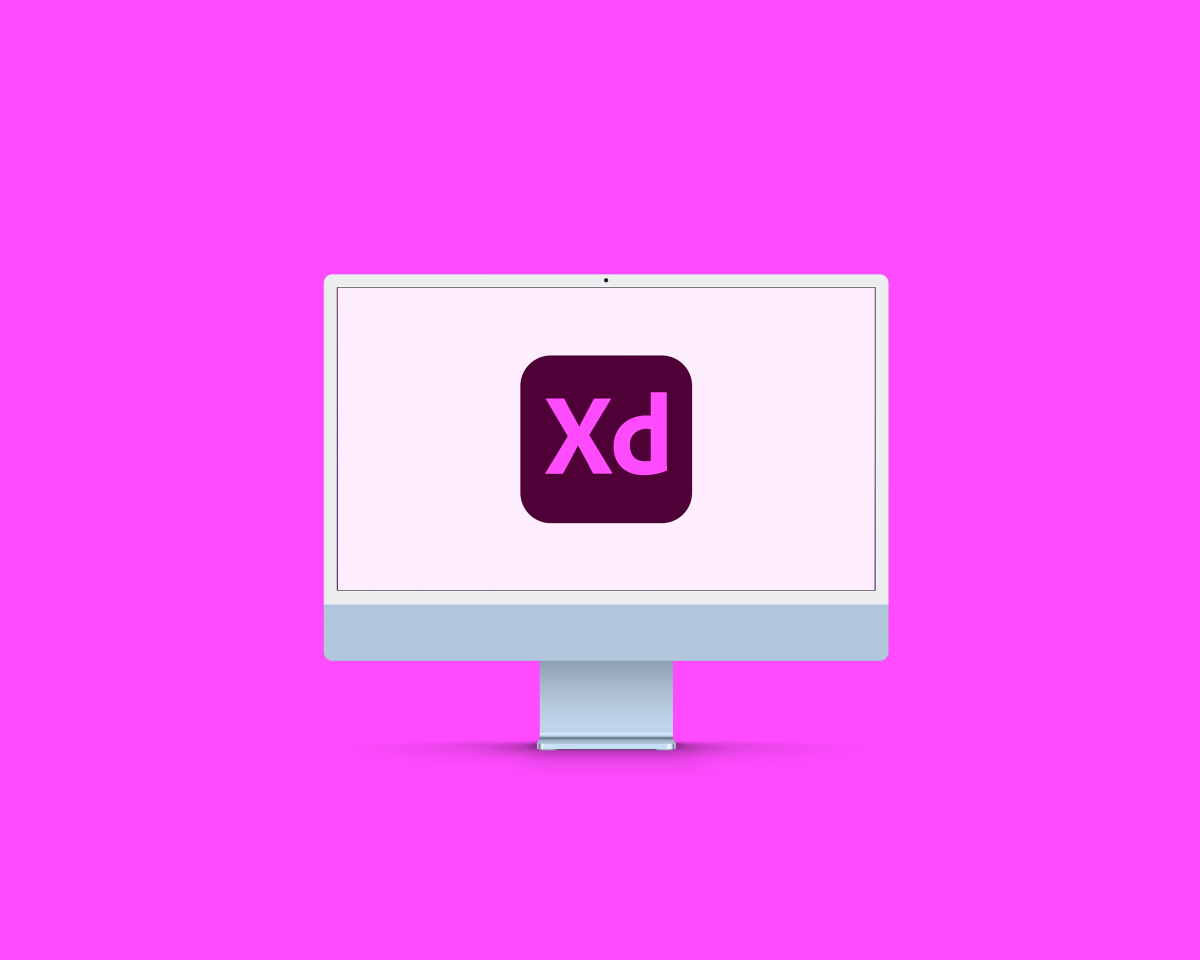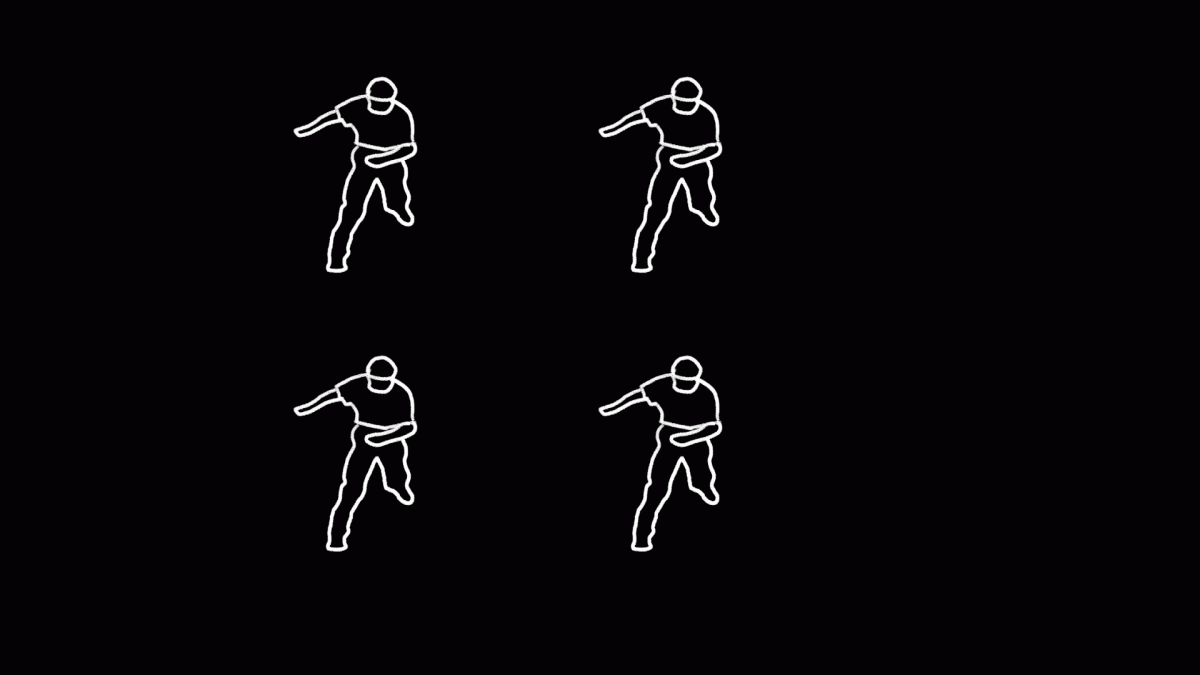Adobe Illustrator is a powerful vector graphics software that is widely used by designers and artists for creating illustrations, logos, and other visual elements. One of its most popular features is the 3D effect, which allows users to create 3D shapes and objects from 2D artwork. In this blog post, we will explore the Adobe […]





